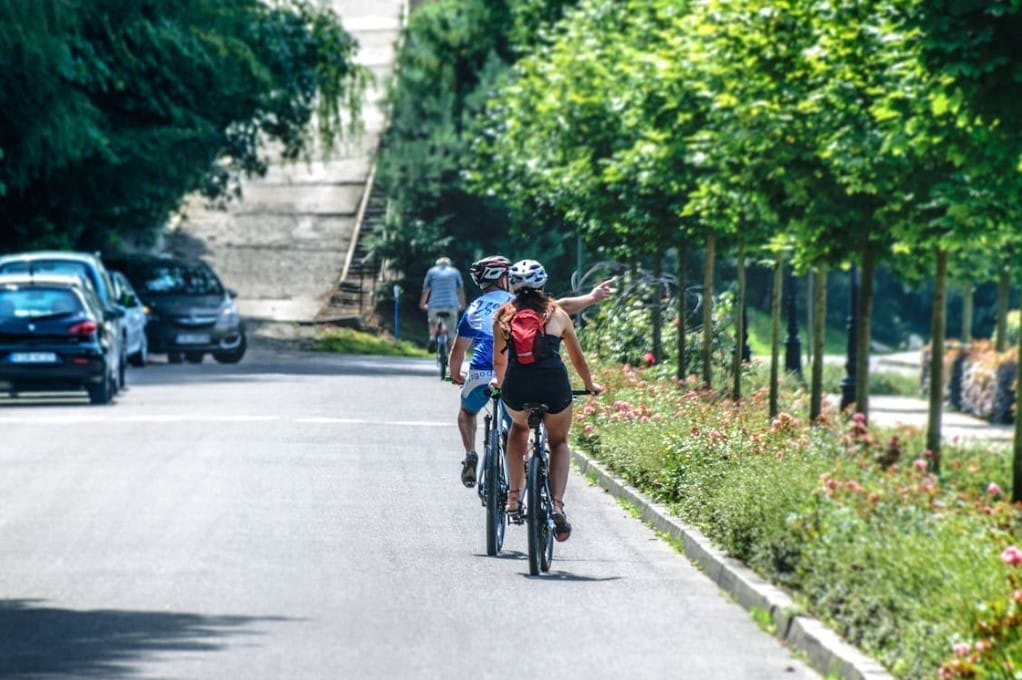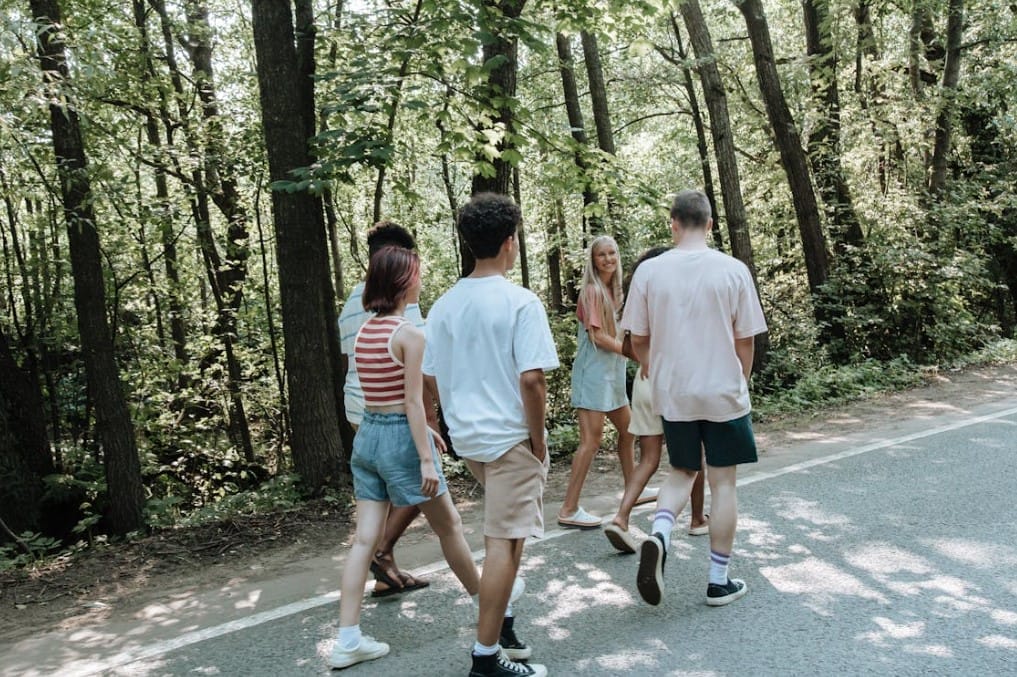Cycling offers teens both freedom and exercise, but it also comes with risks that parents must address. By considering factors like safety gear, road awareness, and legal protections, parents can help keep their teens safe while cycling.
Here’s what you need to know to ensure your teen rides safely and responsibly.
Safety Gear is Essential
Safety gear is the first and most critical consideration for teen cyclists. Helmets are non-negotiable and can reduce the risk of serious head injuries by up to 85%. Ensure the helmet fits properly and meets safety standards, such as those certified by the Consumer Product Safety Commission (CPSC). In addition to helmets, reflective clothing and lights should be a part of every ride, especially during dusk or at night. Reflective gear and proper lighting make your teen more visible to drivers, which can prevent accidents.
Road Rules and Traffic Awareness

Knowing the rules of the road is just as important as wearing the right gear. Teens need to understand how to follow traffic signals, use hand signals, and navigate busy intersections. Riding alongside cars can be intimidating, but practicing these skills can make a significant difference. Parents should work with their teens on road etiquette, including yielding to pedestrians and being aware of cars’ blind spots.
Encourage your teen to use gloves and sturdy shoes, as these can offer additional protection in case of a fall. Regularly check their bike and gear to make sure everything is in working order. Safety gear might not always be considered “cool” by teens, but it’s crucial for their protection.
Teens should also avoid distractions while cycling. Using headphones or looking at a phone while riding can significantly increase the chance of an accident. Stress the importance of staying focused on the road and being aware of their surroundings at all times.
Defensive Riding
Teaching teens to ride defensively is another key step to preventing accidents. Defensive cycling means being aware of potential hazards and anticipating mistakes by drivers, pedestrians, or other cyclists. Encourage your teen to maintain a safe distance from vehicles, avoid riding too close to parked cars, and stay alert for sudden movements. Even if they have the right of way, it’s important to approach intersections cautiously and make eye contact with drivers to ensure they’ve been seen.
Confidence is important, but overconfidence can be dangerous. Remind your teen to prioritize safety over speed and to always be cautious when riding on unfamiliar roads.
Safe Routes and Supervision
Choosing the safest routes is a great way to reduce risks. Encourage your teen to stick to roads with bike lanes or paths with minimal traffic. Avoiding busy streets during peak hours is another smart move. If your teen is new to cycling, consider supervising their rides until they gain more experience.
For extra peace of mind, parents can use location-tracking apps that monitor their teen’s route in real-time. Gradually increasing their independence as they become more comfortable will help them develop the skills to cycle safely on their own.
Legal Considerations in Case of an Accident
Despite taking all precautions, accidents can happen. It’s important for both parents and teens to know what steps to take in the event of a crash. First and foremost, seeking medical attention is crucial, even if injuries don’t seem severe at first. In situations involving motor vehicles, it may be necessary to contact an accident lawyer to help navigate the legal complexities. Understanding liability and how to handle potential legal claims ensures your teen’s rights are protected and any damages are fairly addressed.
Additionally, instruct your teen on what information to collect after an accident, such as the driver’s details, witness statements, and photos of the scene. Being prepared can make all the difference if an accident occurs.
Balancing Freedom and Safety
Cycling can provide a sense of independence for teens, but it’s essential to balance that freedom with responsibility. Setting clear guidelines, such as designated routes and curfews, allows teens to enjoy their rides safely. As they prove themselves capable, parents can gradually give them more freedom, like riding farther distances or exploring new routes.
Open communication about their plans, destinations, and riding companions is also important. It helps ensure that teens are safe without infringing too much on their newfound independence.
Conclusion
Ensuring your teen’s safety while cycling requires a combination of proper gear, road awareness, defensive riding skills, and legal knowledge. By addressing these areas, parents can help their teens enjoy the freedom of cycling while minimizing risks. While accidents can happen, preparing your teen with the right tools and knowledge will make their cycling experience safer and more enjoyable.
Also read:
The Positve Impact of Sports Therapy on Troubled Teens
How Boxing Helps Mental Health
Image source: Pexels, AS Photography






